As the 40th season of “This Old House” is set to premiere October 4, 2018, host Kevin O’ Connor preps for a trip to Nashville for an appearance at the Nashville Home Show Sept. 21-22. He took some time to talk to Nashville Interiors about the show’s upcoming premier, what to expect when you see him at the Nashville Home Show and how trends have changed over the past 15 years he’s been hosting the show.
NI: Tell us about the premiere of the 40th season of “This Old House.”
O’Connor: The first one is in Jamestown, Rhode Island, which is actually an island between Newport and the mainland, and a pretty cool story. Our homeowner is also the architect and it’s a little 1920s bungalow. They moved to this little village a couple years ago as they were fixing up a summer house for the family and decided they wanted stay. So they bought a little bungalow down the street.
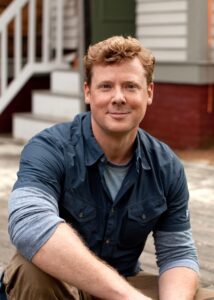 The thing that really interested us, though, is that he’s going Net Zero. But it’s a challenge because Net Zero is harder when you do it on a retrofit. If you were building new, you can control a lot of the stuff and a lot of the ceilings, a lot of the installation. In here, you’ve got to take the old house, which is basically 100 years old, retrofit that so it’s Net Zero, and every little addition, you’ve got to make Net Zero as well. So a big challenge.
The thing that really interested us, though, is that he’s going Net Zero. But it’s a challenge because Net Zero is harder when you do it on a retrofit. If you were building new, you can control a lot of the stuff and a lot of the ceilings, a lot of the installation. In here, you’ve got to take the old house, which is basically 100 years old, retrofit that so it’s Net Zero, and every little addition, you’ve got to make Net Zero as well. So a big challenge.
NI: Was this the first net Net Zero the show has ever featured?
O’Connor: We featured them in a side story, but we’ve never done a project for ourselves that we tried to make Net Zero.
NI: What are some of the most common things people write to you about when dealing with their older homes?
O’Connor: Leaky basements, lots of rotted fills, should they replace their windows or spend a ton of money to update them – the list goes on and on. Upgrading systems like heating and cooling to make the home more energy-efficient, adding insulation. And they don’t even have to be that old to get those types of questions. I mean a house in the ’70s may not have insulation, it may not have air conditioning.
NI: What constitutes an “old house?”
O’Connor: Well, for us, I think the ’50s and beyond is potentially the old and historic. We’ve done one that’s younger. We’ve even built from scratch once or twice, but our sweet spot tends to be 90 years old to 150 years old. When you go back to the 1800s, it’s a whole different ball-game, built for a different era, different materials, different lay-outs, things that we would never do today.
NI: Have what people wanted changed in the 15 years you’ve been hosting the show?
O’Connor: It’s been fairly consistent, but there’s definitely been some change in the open floor plans, which were starting and have continued to play in my 15 years. I’ve seen other phases. Most of them are stylistic – large islands, lots of glass, island colors different than the cabinet colors. Definitely a big push for energy efficiency or a push for a comfortable home and certainly a lot more technology brought into the house. Those are what I would think are the biggest changes.
NI: When you first got the hosting gig, you filmed in your own house. Do you still live there?
O’Connor: I don’t. We moved seven or eight years ago. I still own it – we kept it as a rental. It was a two-family fixer-upper. We knew we wanted to fix it, live in it, but then eventually hang onto it.
NI: What will you be speaking about at the Nashville Home Show?
O’Connor: Hopefully we’ll get a big dive into net zero and how you pull it off. There’s lots of tricks you could use in your own home, and then taking questions from homeowners, whether it’s about the show, whether it’s about the project specifically, or oftentimes, it’s about their houses. I’m happy to field all those questions.
NI: What do you like to do in Nashville?
O’Connor: When I’m there, I’m usually there for work so I’m getting dragged around. One time the crew went there without me, the boys got to see all the music venues and everything, which was great. But I like the food and I love the historic little strip you’ve got there, with all the old buildings. I’ll probably be spending most of time up on stage, shaking hands.
NI: What’s one tip for people in the market for an older home?
O’Connor: I think, the biggest one I would say is to have someone else put eyes on the house, which is not a bad idea. It’s always great to find a contractor who does renovations of old homes to walk the house with you, and many of them will, especially if you’re dead set on doing a renovation. Somebody who’s got that experience is going to provide way more insight to you beyond the home inspector.
Home inspectors are looking for things that aren’t up to code, or absolutely have to be addressed for health/safety reasons. A general contractor who knows his way around old houses and has done renovations, he’s the one that’s going to be able to tell you that house needs a $40,000 roof job, a $30,000 sill job or that foundation’s not going to work.
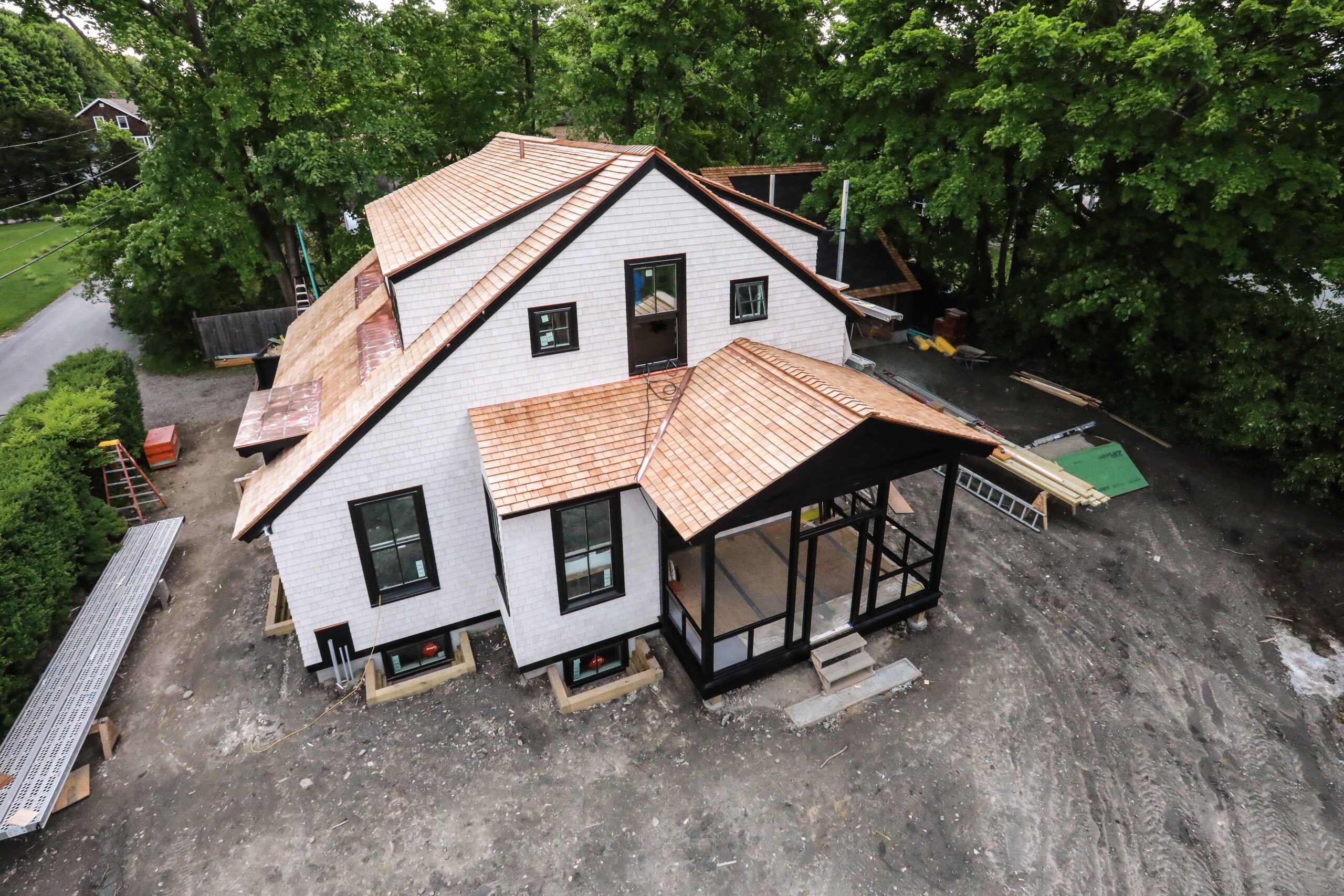

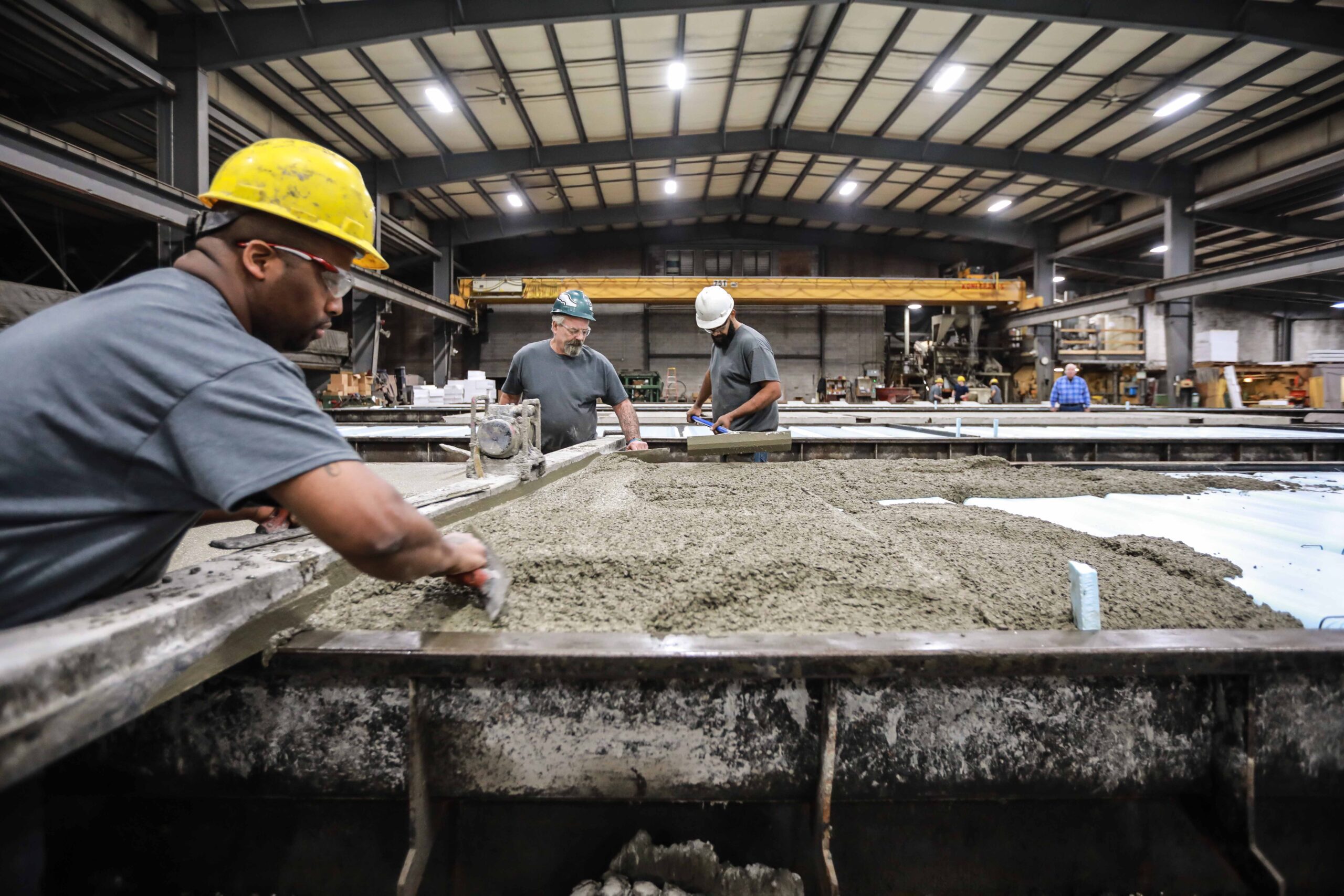
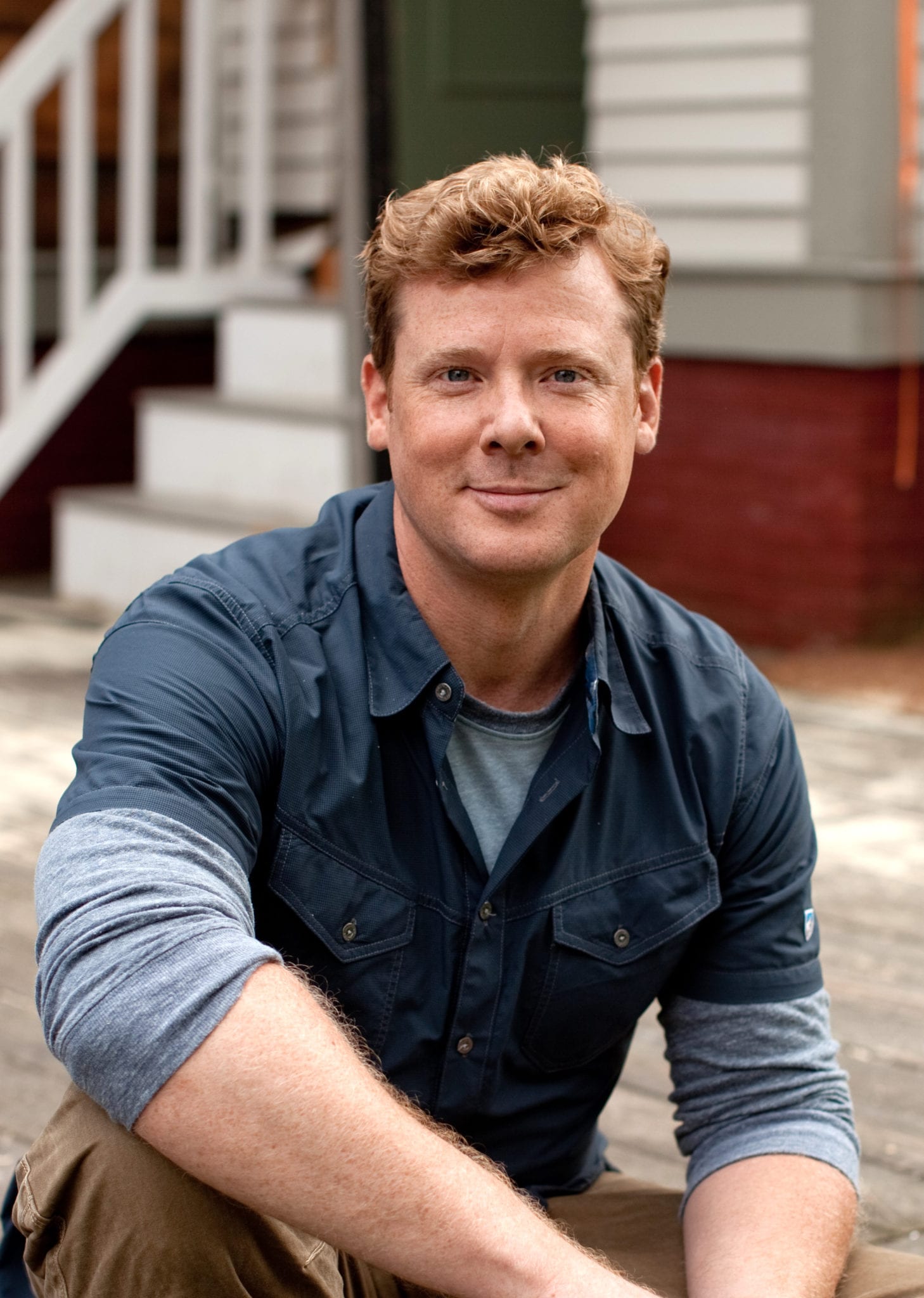

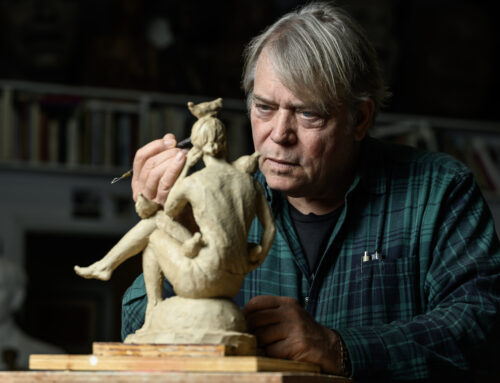
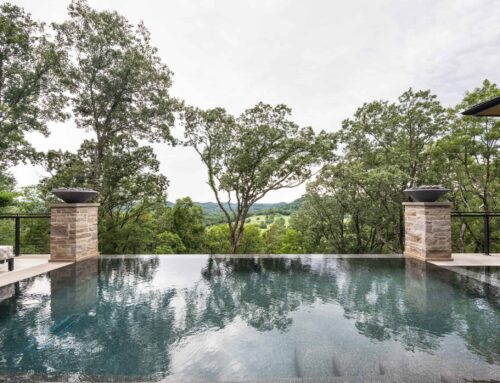
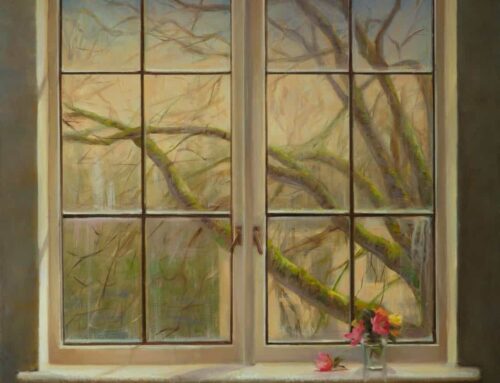

Leave A Comment
You must be logged in to post a comment.